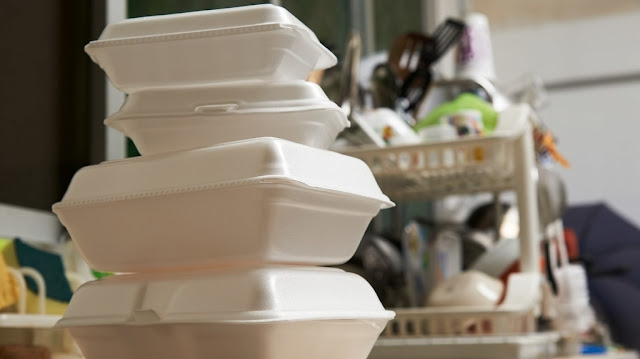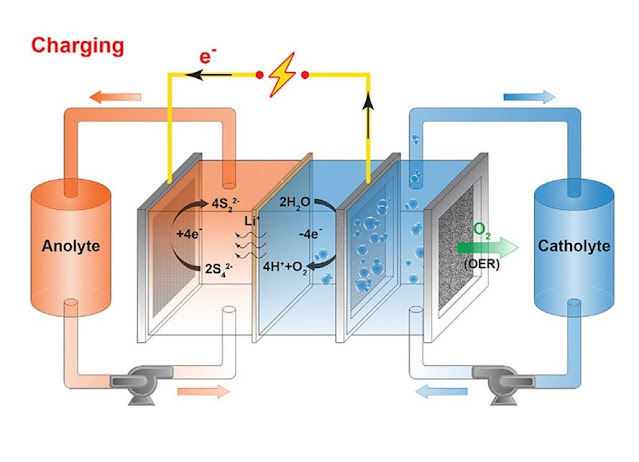Beyond Bubble Wrap: Biodegradable Foam Packaging Solutions
 |
| Biodegradable Foam |
Foam made of biodegradable materials is increasingly
being seen as a more eco-friendly alternative to traditional petroleum-based
foams. As awareness around plastic pollution and sustainability grows,
companies are exploring new options to reduce waste. Biodegradable foam offers
a promising solution by breaking down naturally without harming the
environment.
What is Biodegradable Foam?
Biodegradable foam is manufactured using plant-based materials that can
decompose without leaving behind microplastics or toxic residues. Instead of
petrochemicals, biodegradable foams are made from renewable resources like
corn, sugar cane or soy. The manufacturing process is similar to traditional
foam production but uses bio-based ingredients that allow the material to break
down when discarded.
Common Materials Used
There are a few main materials that are used to make biodegradable foams:
- Polylactic Acid (PLA): Derived from corn starch, PLA is a popular
thermoplastic that behaves similarly to petroleum-based plastics but breaks
down naturally. It is commonly used in biodegradable foam packaging.
- Polyhydroxyalkanoates (PHA): Produced by bacteria, PHA has physical
properties close to traditional polyolefins. Different PHA formulations can be
tuned for strength or flexibility.
- Bio-Polyurethanes: Made by replacing petrochemical-derived components in
polyurethane foam with bio-based oils or plant extracts. Various
bio-polyurethanes offer insulation and support similar to regular PUR foam.
- Other Natural Materials: Foams are also made using starch, cellulose, gluten
or natural latex to offer cushioning and support while being compostable.
Applications of Biodegradable Foam
Cushioning and Packaging
With its lightweight cushioning properties, biodegradable foam has various
applications in packaging delicate items:
- Electronics: Used for cushioning phones, tablets and other devices during
shipping to prevent damage.
- Appliances: Provides support and protection for appliances, small kitchen
appliances and other home goods.
- Medical Supplies: Sterile biodegradable foam packaging helps safely transport
medical equipment and supplies.
Insulation and Construction
Biodegradable foam insulation offers similar R-value insulating properties as
traditional materials:
- Building Insulation: Used between walls, in attics for lofts for thermal and
acoustic insulation.
- Flotation Devices: Biodegradable foam prevents items from sinking while being
environmentally-friendly.
- Furniture Insulation: Provides padding and support and seating and cushions
that will decompose at end-of-life.
Advantages of Biodegradable Foam
Environmentally-Friendly
The biggest benefit is that Biodegradable
Foam does not pollute the environment at end of use. It breaks down
naturally within months without emitting toxic chemicals or microplastics into
the ecosystem. This helps reduce landfill waste drastically.
Renewable Resources
Being made from plant-based ingredients instead of petrochemicals,
biodegradable foam production supports a circular bioeconomy. It lessens
dependence on non-renewable fossil fuels to manufacture materials.
Compostable
Foam debris, offcuts and discarded products can be composted along with food
and garden waste. This redirects waste from landfills to more beneficial reuse
as fertilizer. Industrial composting facilities also decompose bioplastic foam
on a larger scale.
Drawbacks of Biodegradable Foam
Higher Production Costs
Sourcing renewable materials and developing eco-friendly manufacturing
processes add to production expenses compared to regular plastic and
petrochemical foam production. This increased cost is passed on to consumers.
Limitations in Performance
While advances are being made, bioplastic foams may not always match regular
plastic foams in qualities like durability, insulation value, flame retardancy
or water resistance depending on the specific formulation and additives used.
Further research is boosting these properties.
Variations in Degradation Times
The rate of biodegradation depends on environmental conditions - factors like
temperature, humidity, UV exposure affect breakdown. Standards are being set
but degradation can range from a few weeks to a few years depending on
disposable location and composting conditions.
Industry Adoption and the Future of Biodegradable Foams
As customers are more aware of environmental impact, big brands are responding
by switching to sustainable materials. To meet rising demand, companies are
optimizing production methods to further reduce costs. Additionally,
regulations restricting single-use plastic items will accelerate the
transition. With continued innovation, biodegradable foams offer a promising
alternative to tackle pollution while providing the performance of traditional
materials. Soon, they may become commonplace across industries.
By addressing issues surrounding plastic waste and non-renewable resource use,
biodegradable foam fills an important green gap. With further refinement, it
can completely replace plastic foams in many applications. Though still developing,
the benefits of being recyclable, compostable and derived from plants position
it as the material of the future for several industries aiming to transition to
more sustainable production. When manufactured and disposed properly,
biodegradable foam presents an eco-friendly solution.
Get
more insights on- Biodegradable
Foam



Comments
Post a Comment